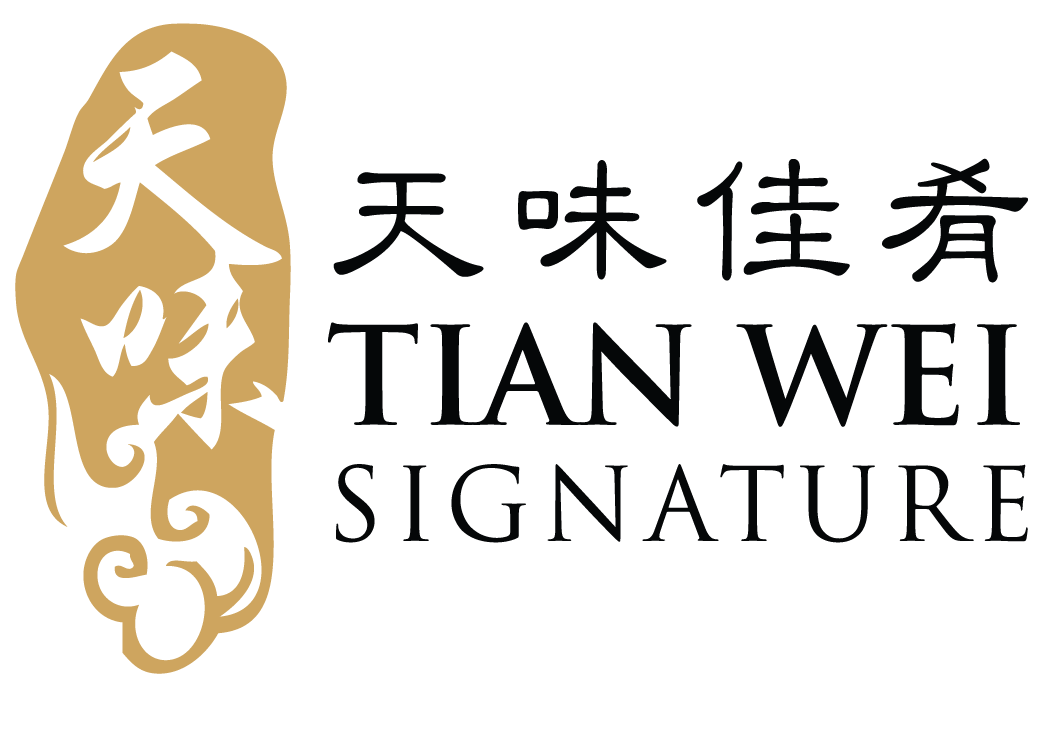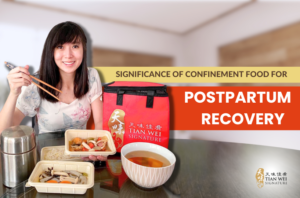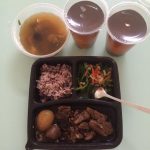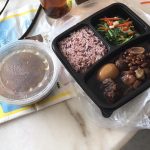81 Tagore Lane, TAG A, #01-11 Singapore 787502 ♦ Reservation : +65 6727 5599
What Pregnant Mothers Need to Know About Pre-Eclampsia
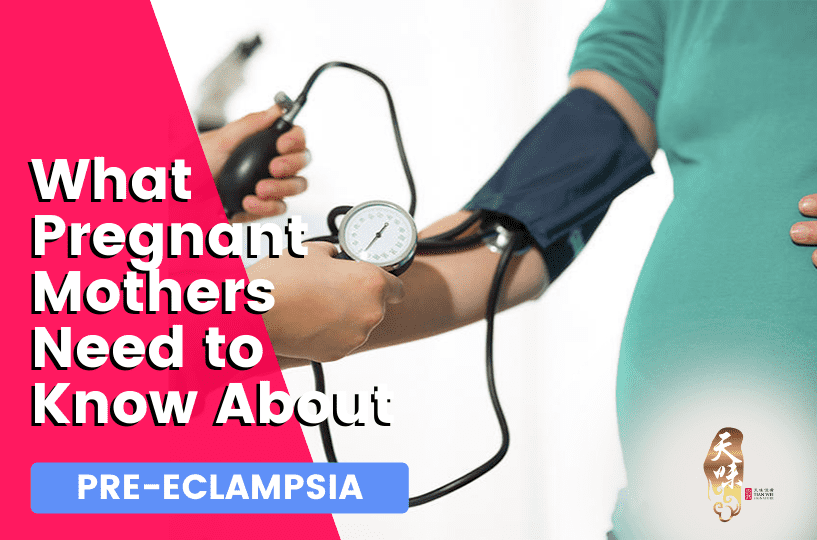
Pre-Eclampsia and Its Symptoms
Pre-eclampsia is a pregnancy complication where there is a rise in blood pressure with presence of protein in urine. Generally, it occurs in about 5 to 10 percent of pregnancies. Among the symptoms are:
- Signs of kidney or liver problems
- Temporary loss or blurred vision
- Severe headaches
- Nausea
- Shortness of breath
- Upper abdominal pain
- Decreased levels of platelets in blood
- High levels of protein in urine
Risk Factors
Some women have a higher risk of developing this complication during pregnancy. Among the risk factors are:-
- Hereditary – It could run in your family, or if you’ve had it in previous pregnancies
- Existing conditions or illnesses, such as chronic hypertension, diabetes, kidney disease, or autoimmune conditions
- Maternal age
- Obesity – Higher risk in obese women
- Multiple pregnancy – Higher risk in women pregnant with twins or more
- Intrauterine growth restrictions
Implications
Pre-eclampsia is a very serious condition that can affect both mother and child and may provide lifelong complications for both mothers and baby
On mothers:-
– Organ damage
Not only are the kidneys and liver at risk with pre-eclampsia. Depending on the severity of it, other organs may be damaged as well, including the lung, heart, eyes, and even the brain.
– Eclampsia
Pre-eclampsia may progress to eclampsia which is the same thing but with the addition of seizures, and there are no symptoms to help with predicting the probability of it happening. If it happens, preterm delivery may be the only option to save both mother and baby.
– Cardiovascular disease
As the heart is also at risk, cardiovascular disease is a possibility. The risk is further increased if you’ve had pre-eclampsia or preterm delivery before. Maintaining your health and weight at a good level would be ideal in reducing the risk. Do this by incorporating more fruits and vegetables to your meals, routinely exercising, and also not smoking.
– HELLP syndrome
Short for Hemolysis, Elevated Liver enzymes and Low Platelets, HELLP is a more severe form of pre-eclampsia with similar symptoms that can be life-threatening to bother mother and child. However, there have been cases where HELLP developed without symptoms and before high blood pressure is detected.
On babies:-
– Restricted foetal growth
Pre-eclampsia affects the arteries that carry blood to the placenta, which can disrupt the delivery of blood, oxygen, and nutrients to the foetus, restricting and delaying the growth and leading to preterm birth or low birth weight.
– Preterm birth
In severe cases, preterm delivery becomes necessary in order to save both mother and child. When a baby is delivered before its full term, he or she can develop health complications, especially if delivered too early, such as breathing problems, feeding problems, and infections.
Lowering the Risk Nutritionally
While there aren’t any foolproof or proven methods to prevent preeclampsia, seeing as how it is characterised by high blood pressure, that is usually the path people take – taking steps to moderate blood pressure. And you can do it from a nutrition point of view.
It is interesting to note that lesser salt intake is not recommended, not even those at higher risk of developing pre-eclampsia. What is recommended instead is to take calcium supplements if calcium intake is low. This is to ensure adequate intake of calcium which has been associated with lower risk of developing preeclampsia.
Besides that, since calcium supplements are sufficient, it’s also good practice to ensure adequate vitamin D. It’s not the strongest of evidence but observational studies have reported an association between vitamin D deficiency and the risk of preeclampsia. So taking foods that are fortified with vitamin D often or being out in the sun often, would help mummies achieved more adequate intakes of Vitamin D.
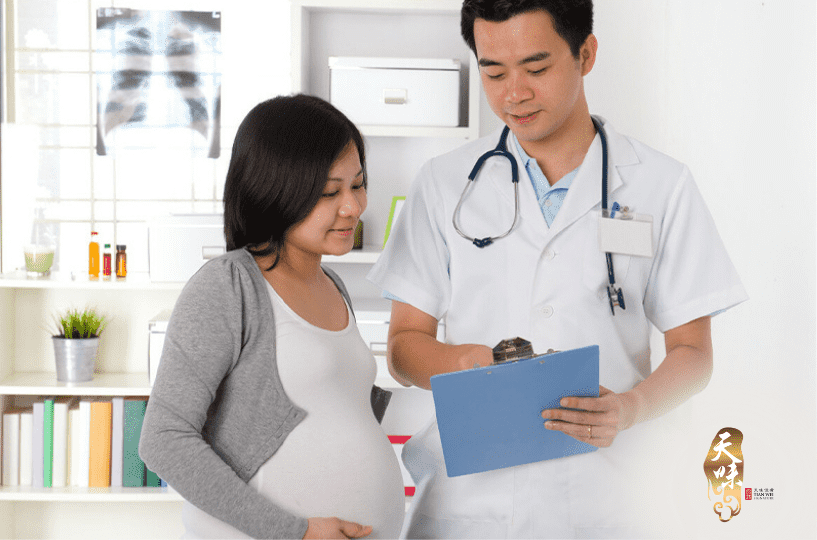
Other non-nutritional things you may have to do is seek advice from your medical practitioner on what’s your next step. It may be taking a prescription of a low dose of aspirin or other anti-hypertensive medications in order to keep any further complications minimal as well having you and your baby safe throughout the pregnancy.
The reason for these steps is to maintain healthy blood flow as it could reduce the risk of pre-eclampsia. However, before taking any medication or supplements, always run it through your doctor.
What to Do If You Have It
The biggest contributor to pre-eclampsia is being pregnant itself. Thus, so long as you are pregnant, once you have it, pre-eclampsia is here to stay for as long as your baby does in you. Therefore, it goes without saying that expert and professional help is the way to go. Seek advice from your prenatal dietitian and doctor to understand the severity of your situation and the best way to go about it.
Did you know that in rare cases, pre-eclampsia can develop after childbirth? In this case, it is known as postpartum pre-eclampsia and has similar symptoms. So, even after giving birth, it is always a must to recuperate and take care of yourself, especially nutrition-wise. And the way to go about this is by having a healthy confinement plan that not only covers resting and light exercises, but also a confinement meal plan with nourishing meals and even soups like confinement herbal soup as having confinement herbal soup can be very soothing and nutritious aside from providing good hydration. And where can you get all these? That’s right, at Tian Wei Signature.
